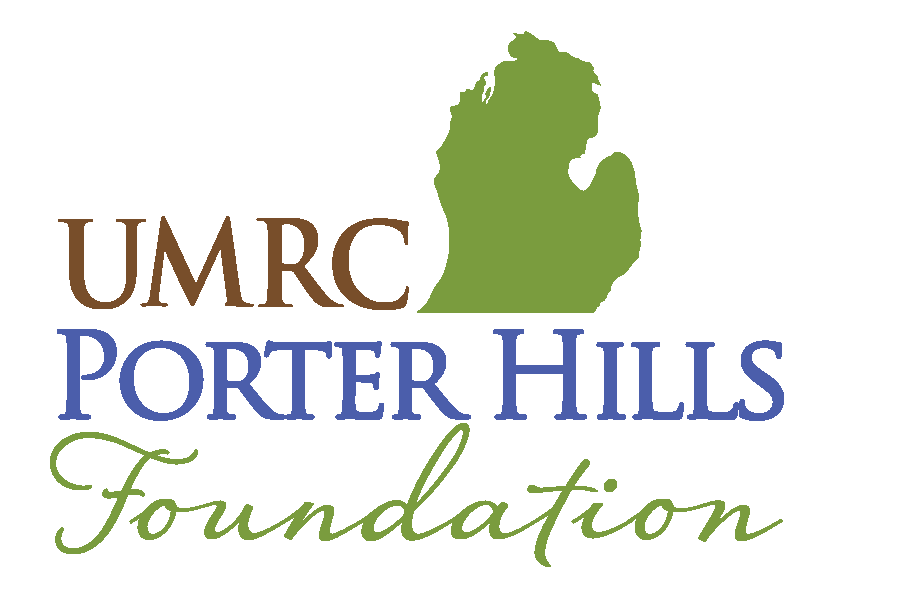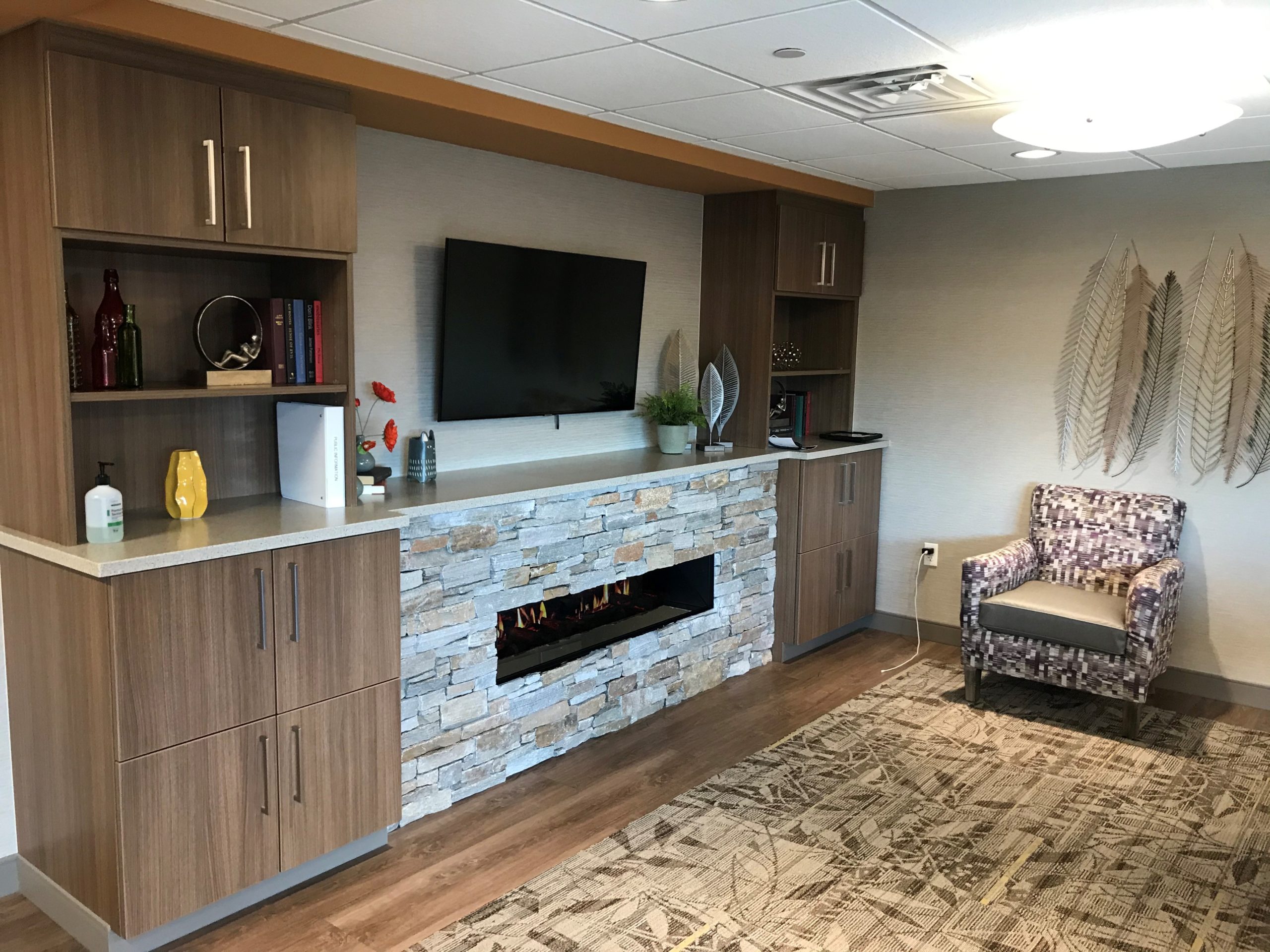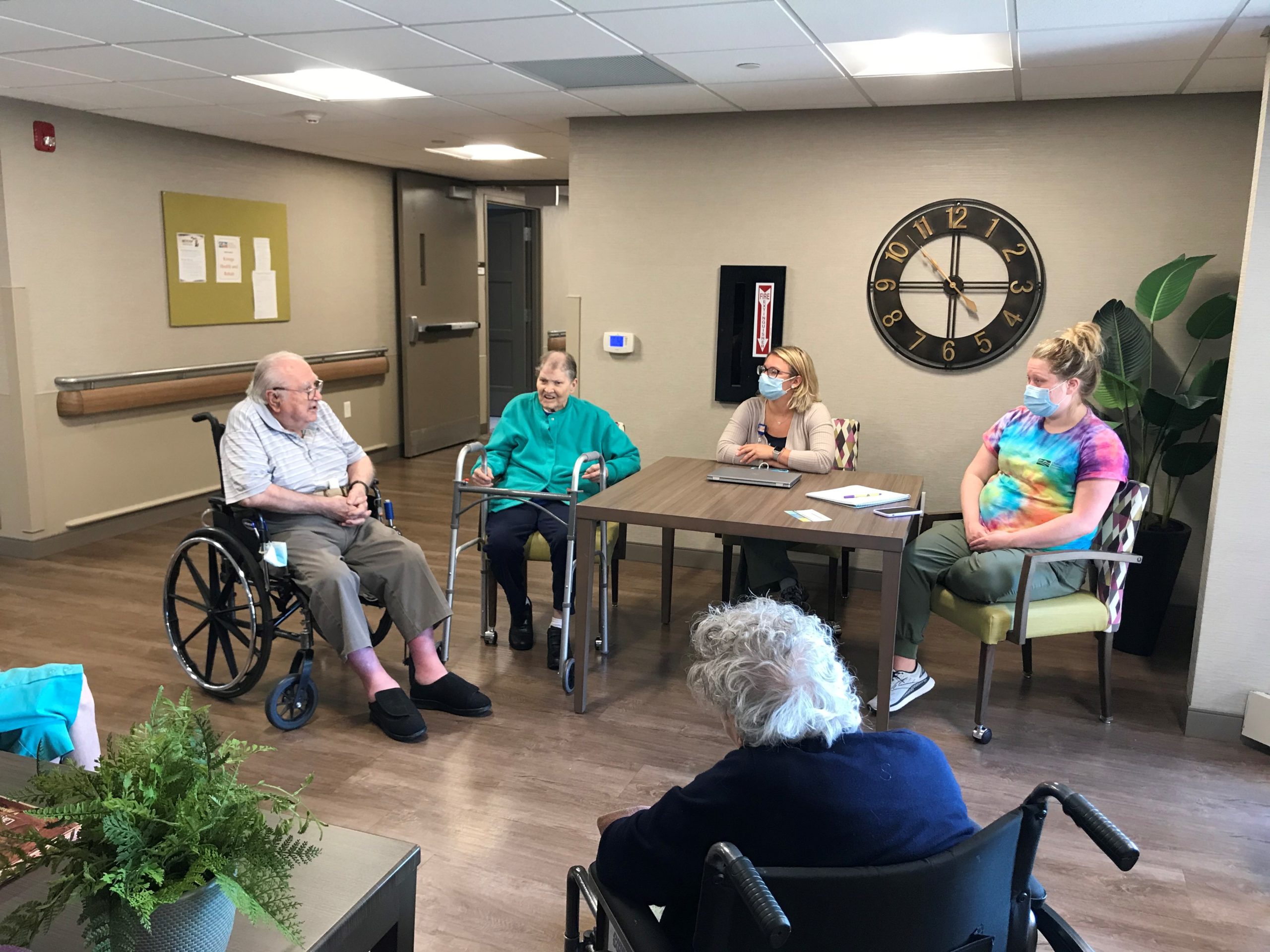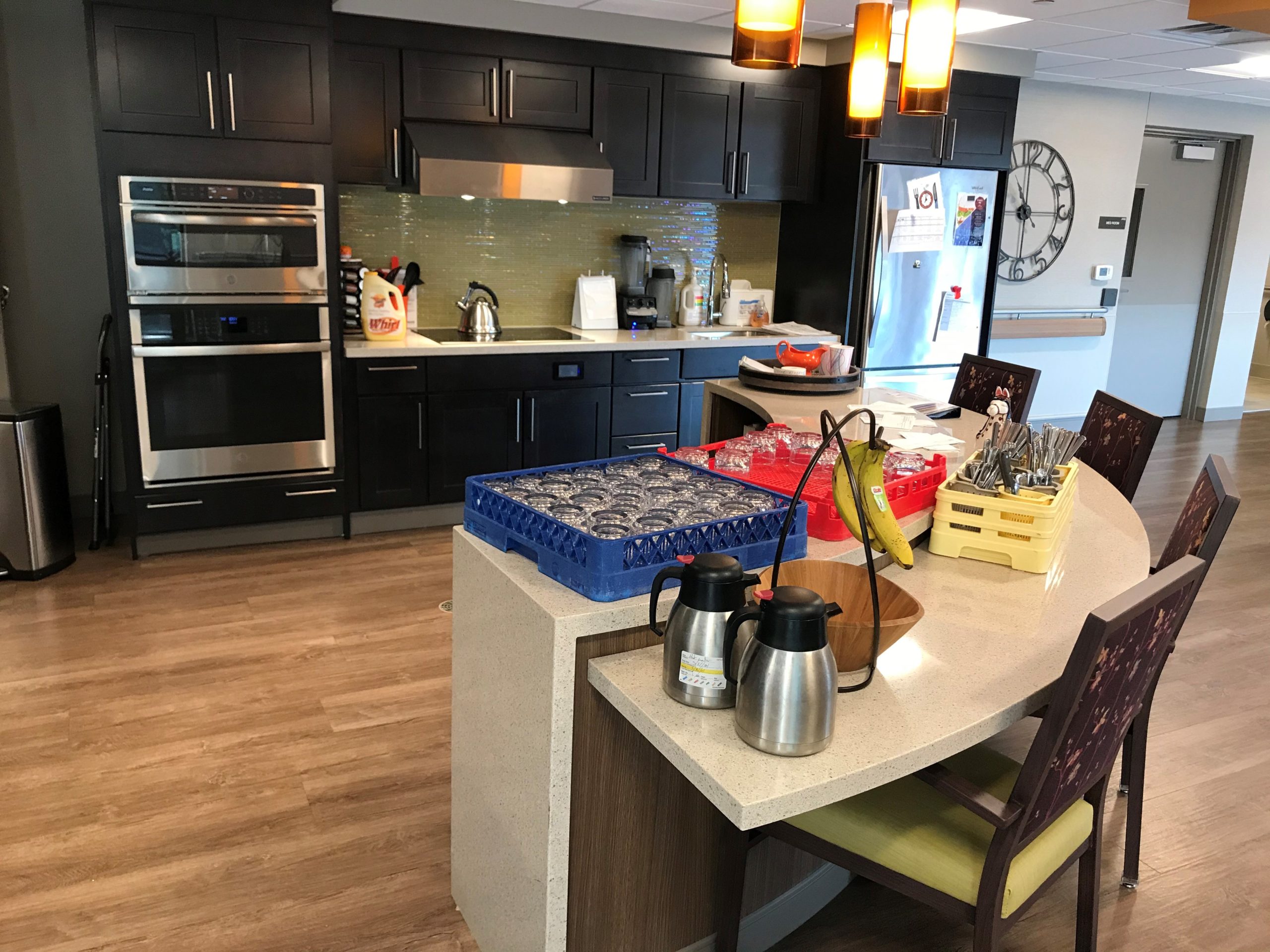Implementing the Action Pact Household Model at Kresge Healthcare & Rehabilitation Center
August is National Wellness Month! This month, we look forward to sharing stories with you of the many ways that wellness is fostered and promoted to ensure the best possible health and well-being of the older adults we serve at UMRC & Porter Hills.
As the Kresge Healthcare and Rehabilitation Center (Kresge Center), located at UMRC’s flagship campus in Chelsea, was being expanded and renovated to create households for its long-term residents, Kresge Center team members were also preparing to implement the new Household Model. Grant funding from the Ralph C. Wilson, Jr. Foundation and the Michigan Department of Health and Human Services (MDHHS) supported team member training in the Household Model, provided by Action Pact. A unique culture change organization, Action Pact helps team members from a variety of departments, including direct care, dining, housekeeping, life enrichment, and more, to transform senior living environments from an institutional feeling into warm, pleasant households that feel like home.
Kresge Center has two households which opened in November 2020: Sarns Sanctuary, named for Dick and Norma Sarns, is home to 18 long-term residents who require traditional skilled care; and Hicks’ House, in honor of Jack and Martha Hicks, provides care for nine residents living with dementia. The Household Model, or small household living, creates culture change that embraces person-centered care, individual choices, and close personal attention, and includes common kitchen and living spaces that feel like home for the older adults we serve.
Sara Beal and Josie Pezzullo have augmented their roles at Kresge Center to include serving as Household Coordinators. Sara is also a CNA at Kresge Center where she has worked for a decade; Josie continues to be the Life Enrichment Coordinator at Kresge Center, a role she has held for the last five years.
“Having been part of the Household Model training from the beginning, it has been wonderful to see it take shape and come to life,” says Josie. “Instead of the old model of team members following a set schedule every day, the Household Model puts the resident at the center of making decisions for themselves, including when they want to get up in the morning, what they would like for breakfast, and what activities they would like to participate in.”
Sara and Josie hold weekly huddles with team members and serve as a support and resource for the team. “We have an ice-breaker at the start of each huddle and provide a safe space for team members to ask questions and help each other,” says Josie. “The Household Model encourages leadership among our care partners. Sara and I support the Household team members and serve as a go-between for team members and management.”
“I really like the common sense aspects of the Household Model,” says Sara. “It engages and empowers both our team members and our residents and helps focus on resident preferences and away from a set schedule. Not feeling so rushed when we’re caring for residents is really beneficial for both the team member and resident.”
Josie says, “Especially during the pandemic, the households gave our residents a sense of control over their lives and enhanced the sense of family among our residents and team members.”
Sara agrees. “The Household Model has been an adjustment, but it’s rewarding to see all our hard work pay off for the benefit of the older adults we care for.”




